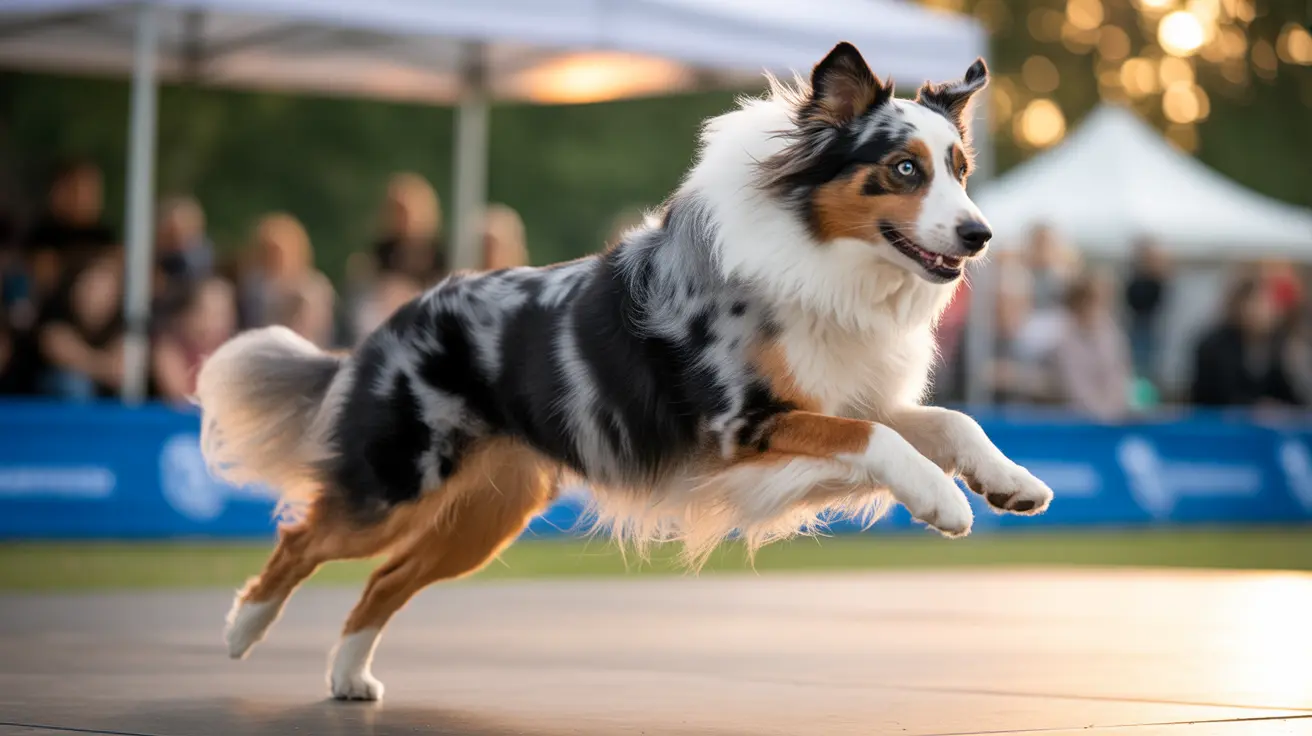Effective Strategies to Eliminate Dog Urine Smell
Dealing with dog urine in your home can be both frustrating and challenging. Not only does the odor linger, but it also presents the risk of your pet re-marking the same spot. Fortunately, with the right strategies and products, you can eliminate dog urine smell permanently.
Why Dog Urine Smell Persists
The strong odor of dog urine is caused by a combination of urine proteins, pheromones, and bacteria. As bacteria break down the urine, ammonia is released, creating an overpowering and unpleasant smell. Traditional household cleaners often fail to remove these proteins, making the smell linger.
Step-by-Step Guide to Eliminating Dog Urine Odor
1. Identify All Affected Areas
- Use a black light or UV urine detector to locate both obvious and hidden urine spots, including walls and furniture.
- Mark all discovered zones to ensure complete coverage during cleaning.
2. Clean Fresh Urine Stains Immediately
- Carpet and Fabric: Blot with paper towels, rinse with cool water, and apply a urine stain remover or DIY solution.
- Hard Surfaces: Blot with towels, follow with a hard surface cleaner or a white vinegar solution.
3. DIY Cleaning Solutions
- Carpets: Mix 1 cup white vinegar, 1 cup water, and 2 tsp baking soda. Spray, let sit, and blot.
- Hardwood: Using a 1:1 vinegar-water mix, sponge the site, leave it for 5–10 minutes, then dry. Test on an inconspicuous spot first.
4. Use Enzymatic Cleaners
These specialized cleaners break down urine proteins at the molecular level. They should be applied liberally to ensure the product reaches deep layers of carpets or furniture.
- Keep the area damp per the product's instructions to allow full enzymatic action.
- Repeat treatment if necessary, especially for old or stubborn stains.
5. Treat Set-In or Dried Urine Stains
- Rinse thoroughly with water, extract using a wet-dry vacuum.
- Apply enzymatic cleaner, cover with plastic wrap or a towel to retain moisture, and leave it overnight.
- If the smell persists, consider lifting the carpet to treat the padding and subfloor. Severely damaged padding may need replacing, and subfloor can be sealed with shellac-based primer.
6. Neutralize Persistent Odors
- Use air purifiers with HEPA and carbon filters for lingering smells in the air.
- Apply ozone generators with caution and proper ventilation for deep odor removal.
- Hire professional carpet cleaners for significant, embedded odors.
7. Wash Soiled Items Thoroughly
- Sheets, beds, pillows, and rugs should be cleaned using enzymatic laundry additives and detergents.
- Seek dry-cleaning services if home washing proves ineffective.
Preventing Future Urine Accidents
- Remove all traces of odor to discourage re-marking.
- Reinforce house-training with positive behavior techniques.
- Visit a veterinarian to rule out health-related causes if a trained dog starts urinating indoors.
- In the absence of medical issues, consult a trainer for behavior correction.
Common Mistakes to Avoid
- Avoid household cleaners containing ammonia; it mimics urine’s scent and can encourage re-marking.
- Do not use steam cleaners on urine-stained fabrics, as heat sets odors.
- Ensure all layers affected—carpet, pad, and subfloor—are cleaned or replaced if contamination is severe.
Recommended Products by Pet Owners
- Enzyme-based cleaners: Nature’s Miracle, Angry Orange, SCOE 10X.
- Usage tips: Fully saturate the area, follow instructions closely, and be patient. Some treatments require multiple applications.
- Bonus tip: Transfer cleaners to leak-proof bottles if original packaging is faulty.
Conclusion
Yes, dog urine smell can go away—but only with dedicated effort, suitable cleaning agents, and thorough application. By addressing every layer of contamination and using proven techniques, you can restore your home to a clean, odor-free state. In extreme cases, consider professional help or material replacement to fully eliminate the issue.





